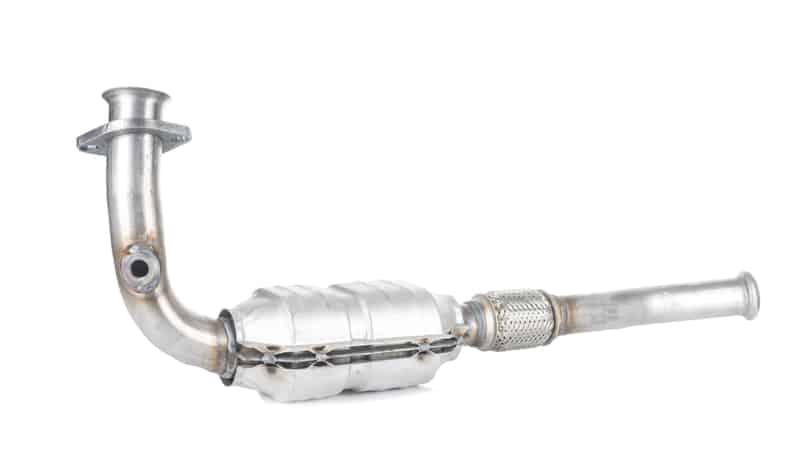“This post contains affiliate links, and I will be compensated if you make a purchase after clicking on my links.”
Once the welding bug bit you, a lot of possible projects around the house and garage open up. If you you see welding challenges everywhere, however, you are not quite sure if it’s a good idea to actually weld the yoke, you probably can relate to the following question from a reader: Can you weld a catalytic converter?
In general, a catalytic converter can be welded with MIG and TIG welding after thorough surface cleaning. Welding is a good option to attach a new converter to old exhaust tubing. Welding is not suitable for theft protection.
So for everyone thinking about welding on a catalytic converter, I have compiled some useful information in 7 tips to help you succeed with this welding project and get the process right.
Why and When To Change a Catalytic Converter?
A catalytic converter is an essential component of your car’s exhaust system, responsible for absorbing some of the harmful emissions produced by the engine’s combustion. Environmental agencies in different states make it mandatory for car manufacturers to include an emission reduction system in their vehicles, and catalytic converters do the job effectively, bringing down emission levels.
There are three reasons to consider welding on a catalytic converter:
- Installing a new catalytic converter
- Repairing a leaky catalytic converter
- Theft prevention
Before I dive into the process, some basics about changing a catalytic converter. Although these units are built to last throughout the lifetime of your vehicle, the build-up of rust over time and repeated knocks to the underside of your car could damage the catalytic converter. The honeycomb structure inside a converter can fracture, causing a loud rattling sound from within the exhaust. The structure may even get clogged with soot or burned oil, restricting exhaust gases from passing through the catalytic converter. Once a converter reaches its limit, it may not offer the same level of filtration as a newer one. As a result, your vehicle will likely fail emission tests, making it necessary to weld a new catalytic converter to your car’s exhaust pipe.
Methods For Changing A Catalytic Converter
One way to replace this piece of exhaust equipment is to unbolt the entire exhaust system, disconnect the muffler and the manifold, clamp the new converter, and re-bolt the system. However, this is a time-consuming process. A quicker approach is to cut the old converter off and weld a new one in the same position using a suitable welding technique.
It’s important to note that this method is only suitable for a limited number of car models. In addition, while welding is one of the most cost-effective ways to replace your catalytic converter, the process also requires careful consideration. Any leaks in the exhaust pipe after incorrect welding will result in the new converter triggering the “check engine” light. Also, I will point out why welding is not a suitable method for theft prevention.
1) Selecting the Right Type of Catalytic Converter for Your Car
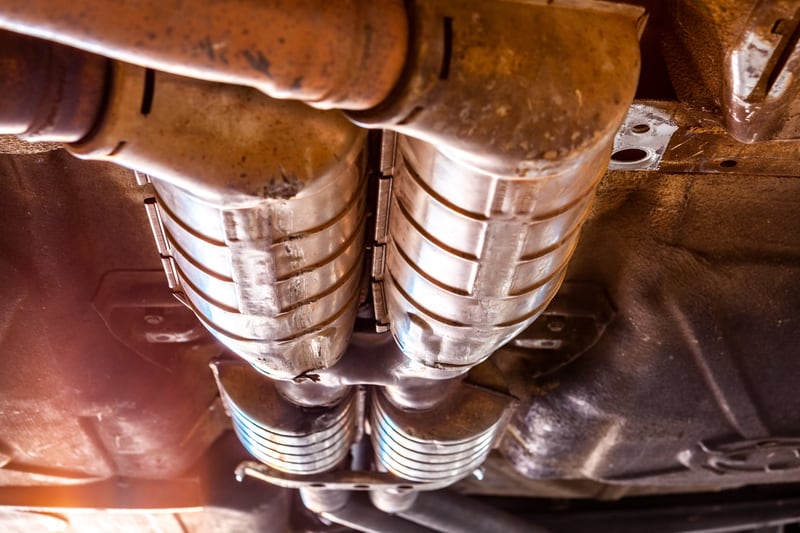
Catalytic converters are usually available either as a universal fitment or direct-fit. Before planning for replacement, check which converter unit your car requires. A direct-fit converter simply requires removing your old unit by unbolting the flanges and bolting in a new unit. A universal catalytic converter replacement requires cutting out the old converter from the exhaust pipe and welding or clamping in the new one.
2) Selecting the Right Welding Technique
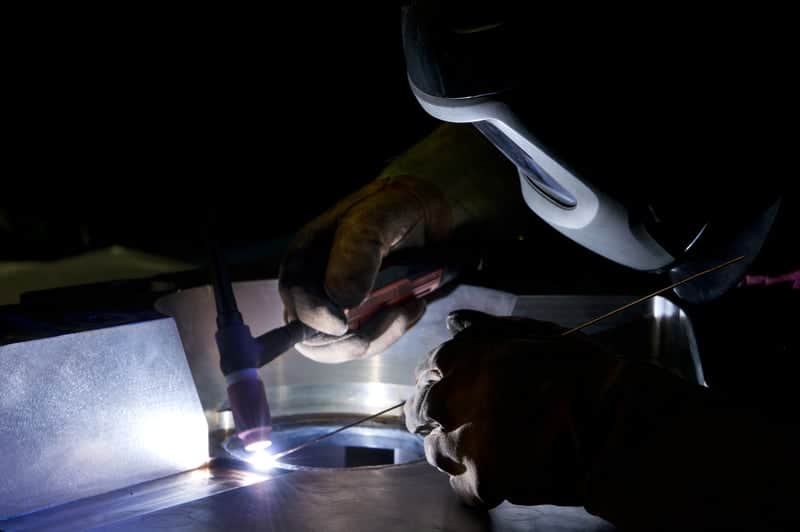
While it is possible to weld your catalytic converter with stick, flux, MIG, or TIG welding, each one has its pros and cons. Usually, MIG or TIG is the preferred method for exhaust systems, because exhaust pipes are made up of thin metals and alloys. With safety glasses and gloves on, tack weld the new converter to the existing piping first, to hold the pieces together, and then complete the rest of the welding. It is crucial to maintain consistency while welding, to prevent any exhaust leaks. Keep the torch steady and push along the seam while ensuring good support for your arm and enough room to consistently weld along the joint.
3) Keep the Base Welding Surface Clean
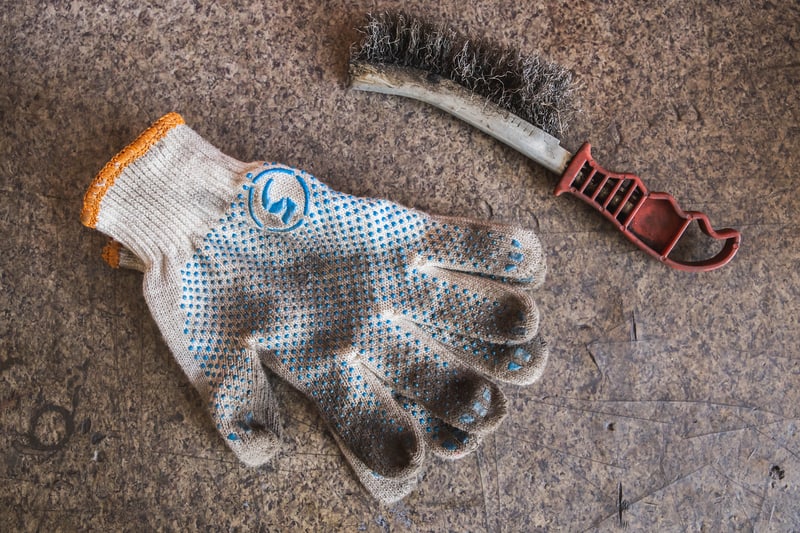
You may want to use penetrating oils to remove the rusted bolts and flanges. However, if you’re considering MIG or TIG welding, you must ensure that the base welding surface is clean and free from oils, rust, paint, or dirt. You can use acetone to remove oils and a metal brush to clean the tubing before welding the new catalytic converter with the exhaust pipe.
If you are interested in more tips on cleaning for welding, I have a full article about the topic written up here.
4) Weld or Bolt Additional Locking Mechanisms
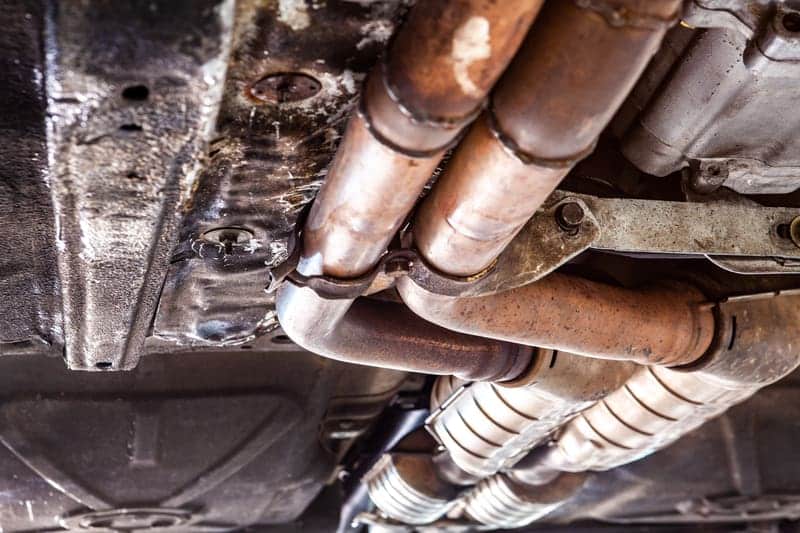
Since catalytic converters use precious materials, these units are being increasingly targeted by thieves. A catalytic converter can be worth north of 250 $ at current metal prices. And with increased emission reduction policies, the amount of precious metals on the road will only go up. “Which” has an interesting video on the topic:
And since you’re already replacing your converter, you may consider spot-welding the bolts and nuts to lock the unit in place. Additionally, you can weld an ID plate on the unit with your VIN engraved, to enable you to easily identify the converter if it gets stolen. There are even converter locking clamps available that you can install to protect your expensive investment.
Especially converter locking clamps are a much better option than welding the catalytic converter to your car’s frame. Which brings be to my tips number 5:
5) Avoid Welding the Catalytic Converter to Your Car’s Frame
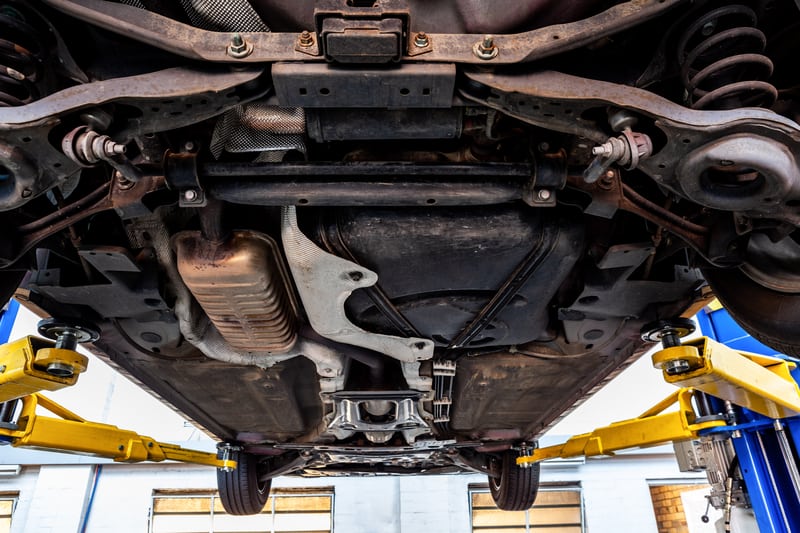
You’ll notice several online discussions that suggest welding your converter to your vehicle’s body. However, this approach will only damage your new cat unit. Any connection between your car’s frame and the converter will induce vibrations resulting from the exhaust in the interior. As a result, you’ll likely hear a loud rattling noise from beneath the cabin. At the same time, welding the catalytic converter to the body also makes the system rigid, causing the manifolds to undergo repeated cyclic shocks that may eventually lead to cracks and exhaust leaks.
6) Inspect for Weld Defects
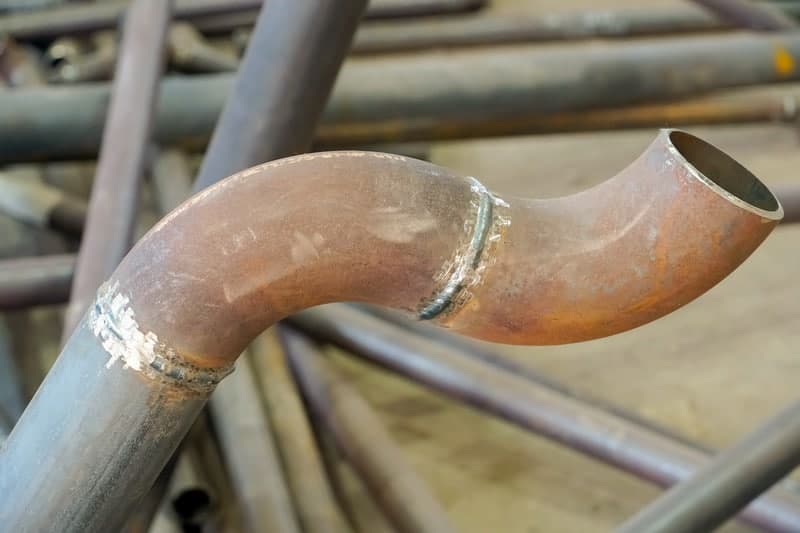
Once you’ve completed welding the new catalytic converter to your exhaust pipe, consider a visual inspection of the welds to identify any weld defects. For example, lack of full penetration in a butt weld can result in a weak weld with less strength, causing the weld to fail prematurely. If the welding speed is too high and the supply current is low, your weld may also develop cracks, increasing the chances of an exhaust leak. Similarly, high speed and high current can lead to undercut (a groove forming at the weld toe), which can also weaken the weld.
7) Check for Leakages
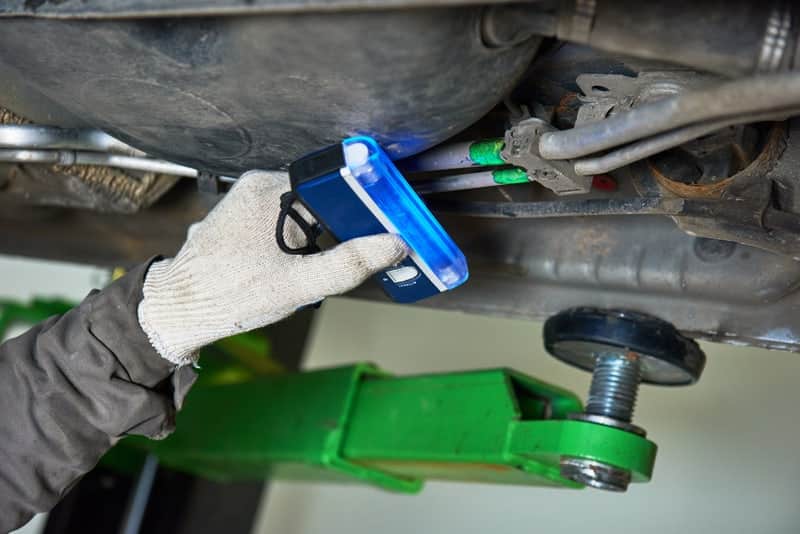
After the visual inspection, the next step you would want to consider is checking the exhaust system for any leakages. Turn on the engine and notice if you hear any rattling or hissing sounds near the newly installed catalytic converter to identify air leaks. Use cold-weld epoxy to seal these leaks.
Replace Your Catalytic Converter Before It’s Too Late
Your car’s catalytic converter is an important part of the exhaust system that prevents harmful emissions. A faulty converter will not only pollute the environment, but in the long run, it can lead to sluggish engine performance and may even damage the engine. A bad catalytic converter will also prevent your car from passing the emission and smog test, making it illegal for you to drive your car in many states.
If you notice an exhaust leak, a rattling sound from your exhaust, or a loss of power in the vehicle, you may want to get your catalytic converter checked and replaced with a newer one. You can do this welding job yourself and save on labor costs. However, If you’re having trouble getting a good bead due to lack of experience, you may want to consider hiring an experienced welder to weld your catalytic converter.
Want more top welding tips? Whether you’re a welding pro or a hobbyist, check out my other articles for all the information you need!

